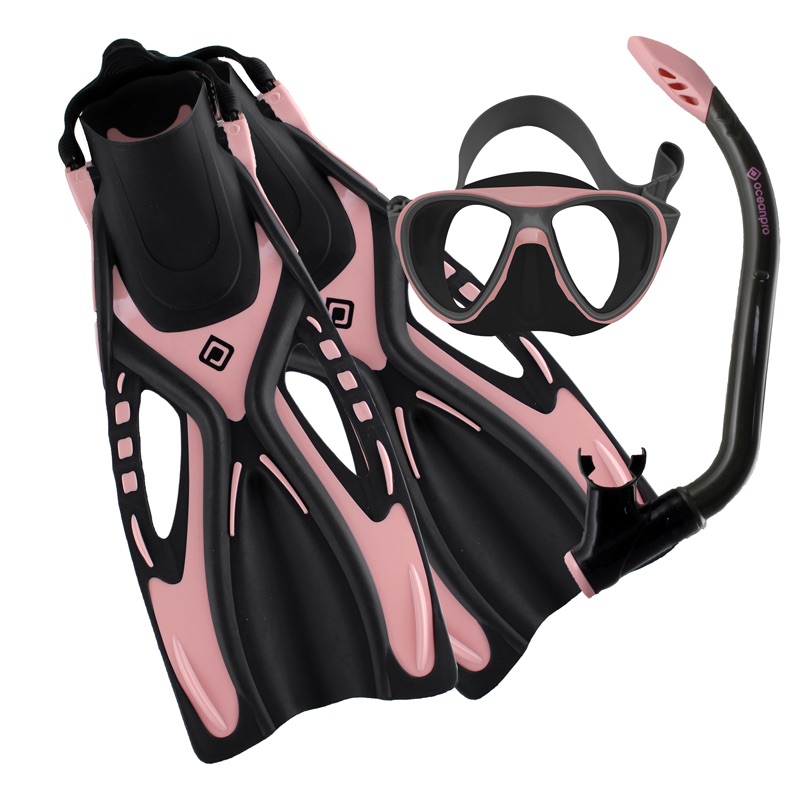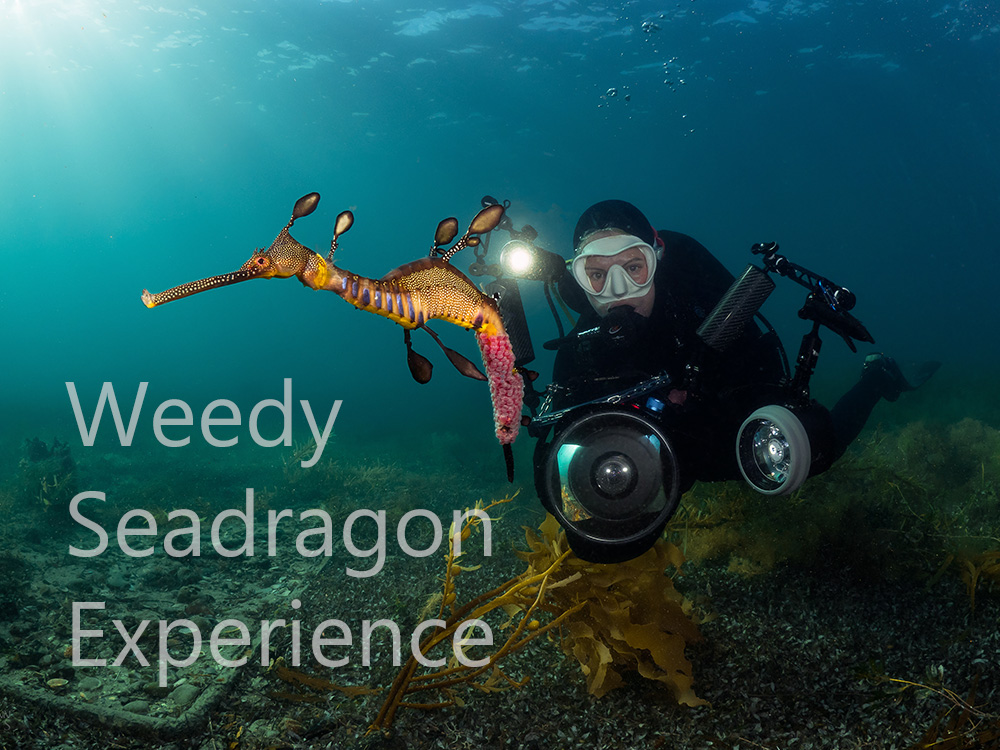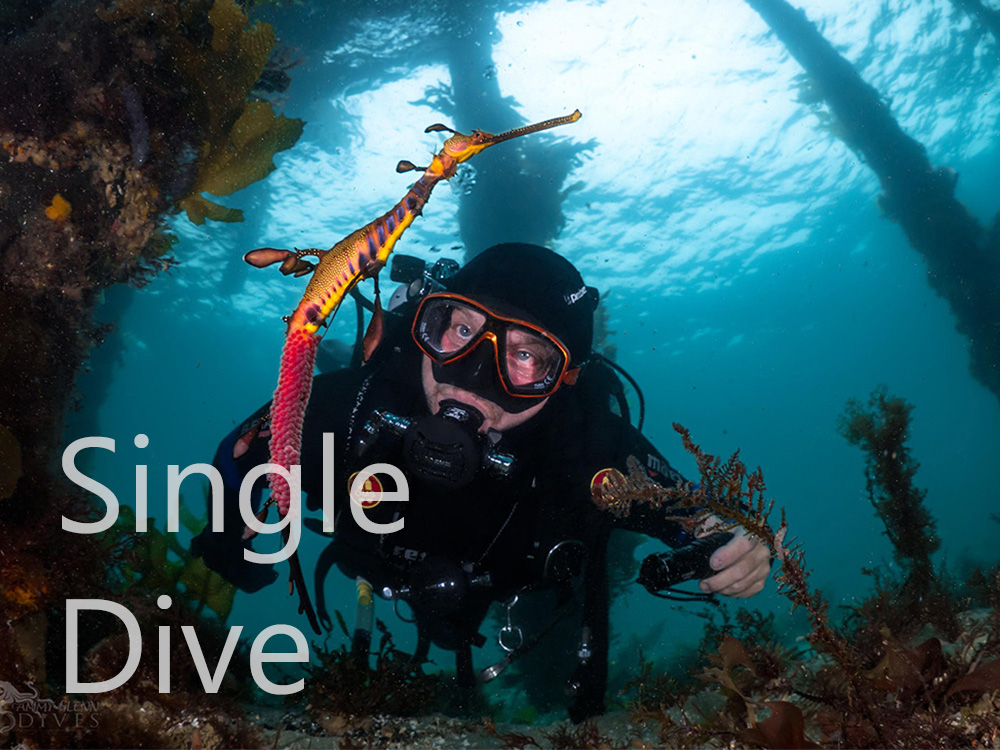Navigation
The Scuba Doctor offers a range of swimming products from elite brands, Australia wide. Whether you swim competitively or recreationally, our online swimming shop will have the perfect product for you, at an affordable price. All our swimming goggles, fins, caps, training gear, swimwear and accessories are chlorine resistant and made to last, catering for all ages and purposes. So, check out our online swimming shop for great deals. Our friendly staff will be more than happy to help you with all your swimming needs.
Fiji
![]() Wreck Dive |
Wreck Dive | ![]() Boat access
Boat access
![]()
![]()
![]()
Three-Masted Iron Barque | Max Depth: 7 m (23 ft)
Level: Open Water and beyond.
A lonely headstone on the cliffs overlooking Wreck Beach, west of Moonlight Head pays tribute to the men who lost their lives when Fiji ran aground in 1891. Eleven crew members drowned and a young local settler also lost his life when he tried to save the ship's carpenter.
A the time there was a great deal of public criticism at the slow and disorganised rescue attempt to save those on board.
The Fiji shipwreck lies near Moonlight Head, about 60 m (197 ft) offshore from Wreck Beach to the west of Apollo Bay on Victoria's Shipwreck Coast. Fiji ran aground in 1891 and eleven crew, as well as valiant young farmer Arthur Wilkinson who had come to their rescue, lost their lives as Fiji became the latest casualty in the litany of ships to fall foul of the treacherous shipwreck coastline. The site can be accessed via a long climb down the stairs or by boat.
This shipwreck is archaeologically significant as the wreck of a typical 19th-century international sailing ship with cargo. It is educationally and recreationally significant as one of Victoria's most spectacular historic shipwreck dive sites with structural features and the remains of the cargo evident.
Diving the Fiji Shipwreck
The wreck of Fiji is some 60 m (197 ft) offshore from Wreck Beach, near Moonlight Head. It lies in six to seven metres of water in a sandy gully of sandstone boulders. The wreckage extends for a distance of 71 m (233 ft). The bow is orientated towards the shore and is flanked on one side by a large boulder which is visible from the surface. Waves often break over the boulder.
The shipwreck has been broken up over the years but there is still a large amount of wreckage that can be seen by divers visiting the site. Remains of the hull include the ship's bow, flooring, bilge frames, hull plating and rudder plating.
At the bow, a large mound of chains is clearly visible along with two anchors, two winches, hawsepipes and rigging.
Divers can see remnants of the ship's cargo in two main mounds. One mound near midships comprises pig iron and wire coil. The other mound in the bow includes bricks and wire coils. Broken gin bottles, ceramic toys and porcelain doll parts have been found at the wreck site over the years.
The site is in a very dangerous and exposed position. It's subject to heavy swells and surge conditions and is best visited by divers during moderate northerlies when the swell is minimal. See WillyWeather (Wreck Beach) as a guide for the tide times and the height of the tide.
{{southern-ocean-warning}}
Shipwrecks of South-west Victoria | Source: Flagstaff Hill Maritime Museum
Fiji Shipwreck History — Built in 1875
The Fiji was a three-masted iron barque of 1,471 gross tons, built in 1875, by Harland and Wolfe (the same company that built the RMS Titanic) in Belfast, Northern Ireland. It was launched on the 21 September 1875 and completed on the 29 October 1875. The vessel had a length of 229.4 ft (70 m), a breadth of 36.3 ft (11 m), and a depth of 23.1 ft (7.04 m).
Fiji was an international trading vessel constructed of iron and lined with cement.
Fiji Sinking — 6 September 1891
The barque Fiji left Hamburg on 22 May 1891 bound for Melbourne with a crew of 25 under the command of Captain W. Vickers. The cargo was a disparate collection of goods including 260 cases of dynamite, crates of schnapps, whisky and gin, 400 German pianos, toys, iron and steel goods and candles.
After 106 challenging days at sea Fiji sighted the Cape Otway lights. At about 2:20 a.m. on Sunday 6 September 1891 a dark mass, supposed to be land, loomed ahead, and the captain shortly afterwards gave the order to bout ship. The barque, unfortunately, missed stays, and during the effort to wear her she struck heavily on the rocks at 3 am on Sunday 6 September 1891.
Attempts were made to launch the boats but they were swamped and dashed to pieces. The ship's lifeboat was dispatched and immediately capsized in the rough seas. One of the seamen, a Spaniard named Julius Gebauer, was bold enough to make the desperate attempt of swimming through the surf and carrying a line ashore. Stripped almost naked, Gebauer fastened the line to his lifebelt plunged into the sea and struck out boldly for the land. After a struggle of nearly half-an-hour, the sea drove him back towards the ship and his comrades dragged him on board once more, worn out with cold and exhaustion.
There was no sign of assistance from land, no chance of making a connection from the ship, apparently the last chance had gone. But after waiting for nearly an hour, a Russian named Daniel Carckland volunteered to make a second attempt. From the forecastle his shipmates watched him battle through the surf almost to the shore, then the line broke and Carckland was swept away by the surf and drowned. Twice the experiment had failed at the cost of one man's life, and the crew gave up hope.
Then for the second time Gebauer quietly passed the rope around his waist and threw himself into the surf. Again and again, the undertow flung him back, and the line catching in the rocks nearly dragged him under, so that he had to cut it away. Finally, he crawled out of the surf onto the beach and climbed slowly along a track on the cliffs, and out of sight from the ship.
Three hours after Gebauer's landing, the crew saw people on the shore. The alarm had been given at Princetown, six miles away, first by a young man named Wm Ward, who saw the wreck from the cliffs, and almost simultaneously by Gebauer, whom a survey party had found exhausted and desperate in the bush. A message was sent to the local rocket rescue crew in Port Campbell. Someone in the crowd, using the precipitous face of the cliff as a blackboard, wrote on it in great chalk letters the words, "HELP IS COMING."
Just before sunset the rocket crew arrived and successfully fired a light line over the vessel at their second attempt. When controversially the crew's heavy line didn't arrive before nightfall attempts began to bring the crew to shore using the light line. One by one, 10 men were swept to their death with 16 making it safely to shore. A young local settler Arthur Wilkinson also lost his life in an attempt to assist a drowning seaman. It's believed Wilkinson struck his head on the ship's anchor. He was taken onboard Fiji but was so exhausted by his efforts that he never regained consciousness and though he was still alive when the crew left, it was impossible to help him, and he went down with the barque.
There were 26 men on the wreck when the rocket-line was made fast and 25 went out on the rope, and 15 reached the shore in safety. Captain Vickers was the last to leave Fiji and within an hour, at approximately 8 p.m. on Sunday 6 September 1891, there was a loud noise as the vessel broke apart.
Coffins were made out of wreck timbers and the men buried on the clifftop above the wreck. The deaths precipitated critical comments in the press over the lack of prompt action. Other news items appeared claiming drunk and disorderly behaviour by plunderers amongst the corpses and wreckage on the beach.
Within days of the shipwreck, the local community held music concerts to raise money for the families of the victims and they also funded the monument that was built just six months later.
Local divers imbedded an anchor from the Fiji in a section of reef to commemorate the wreck in 1961. This can still be viewed today in low tides and calmer sea conditions.
Some 20-years earlier on 29 November 1869, the Marie Gabrielle was wrecked on the same rock, since known as Wreck Reef.
See also, west-coast-shipwreck-trail,
Heritage Council Victoria: Fiji,
Heritage Victoria slide collection on flickr: Fiji,
Australian National Shipwreck Database: Fiji,
Dive Information Sheet: Fiji (1875-1891), and
Shipwrecks of Apollo Bay and Surrounds.
This vessel is one of the many historic shipwrecks included in Victoria's shipwreck-discovery-trail. Qualified divers can explore the wrecks of old wooden clippers, iron steamships and cargo and passenger vessels located along the coast and in Port Phillip. Some of these wreck dives are suitable for beginners, even snorkellers, while other wrecks require the skills and experience of advanced divers.
Heritage Warning: Any shipwreck or shipwreck relic that is 75 years or older is protected by legislation. Other items of maritime heritage 75 years or older are also protected by legislation. Activities such as digging for bottles, coins or other artefacts that involve the disturbance of archaeological sites may be in breach of the legislation, and penalties may apply. The legislation requires the mandatory reporting to Heritage Victoria as soon as practicable of any archaeological site that is identified. See Maritime heritage. Anyone with information about looting or stolen artefacts should call Heritage Victoria on (03) 7022 6390, or send an email to heritage.victoria@delwp.vic.gov.au.
Traditional Owners — This dive site is in the traditional Country of the Eastern Maar people of south-western Victoria between the Shaw and Eumerella Rivers and from Yambuk in the south to beyond Lake Linlithgow in the north. This truly ancient Country extends as far north as Ararat and encompasses the coastal townships of Port Fairy in the west, Warrnambool, Peterborough, Port Campbell, Apollo Bay, Lorne, and Airies Inlet in the east, including the Great Ocean Road area. It also stretches 100 metres out to sea from low tide and therefore includes the iconic Twelve Apostles. "Eastern Maar" is a name adopted by the people who identify as Maar, Eastern Gunditjmara, Tjap Wurrung, Peek Whurrong, Kirrae Whurrung, Kuurn Kopan Noot and/or Yarro waetch (Tooram Tribe) amongst others. We wish to acknowledge the Eastern Maar as Traditional Owners. We pay respect to their Ancestors and their Elders, past, present and emerging.
Fiji Location Map
Latitude: 38° 45.165′ S (38.752754° S / 38° 45′ 9.91″ S)
Longitude: 143° 12.289′ E (143.204811° E / 143° 12′ 17.32″ E)
Datum: WGS84 |
Google Map
Added: 2012-07-22 09:00:00 GMT, Last updated: 2022-05-23 20:19:08 GMT
Source: GPS
Nearest Neighbour: Marie Gabrielle, 327 m, bearing 117°, ESE
Three-Masted Iron Barque.
Built: Belfast, Ireland, 1875.
Sunk: 6 September 1891.
Moonlight Head, Shipwreck Coast.
Depth: 7 m.
[ Top ]
DISCLAIMER: No claim is made by The Scuba Doctor as to the accuracy of the dive site coordinates listed here. Should anyone decide to use these GPS marks to locate and dive on a site, they do so entirely at their own risk. Always verify against other sources.
The marks come from numerous sources including commercial operators, independent dive clubs, reference works, and active divers. Some are known to be accurate, while others may not be. Some GPS marks may even have come from maps using the AGD66 datum, and thus may need be converted to the WGS84 datum. To distinguish between the possible accuracy of the dive site marks, we've tried to give each mark a source of GPS, Google Earth, or unknown.
Copyright © 2005-2022 by The Scuba Doctor Australia, ABN 88 116 755 170. All rights reserved.
tel. +61 3 5985 1700 :: email. diveshop@scubadoctor.com.au :: Web site by it'sTechnical 2022
























![Halcyon Infinity 30lb System [SS Small Backplate] Halcyon Infinity 30lb System [SS Small Backplate]](/diveshop/images/halcyon/Halcyon-Evolve-Wing.jpg)



















































































































